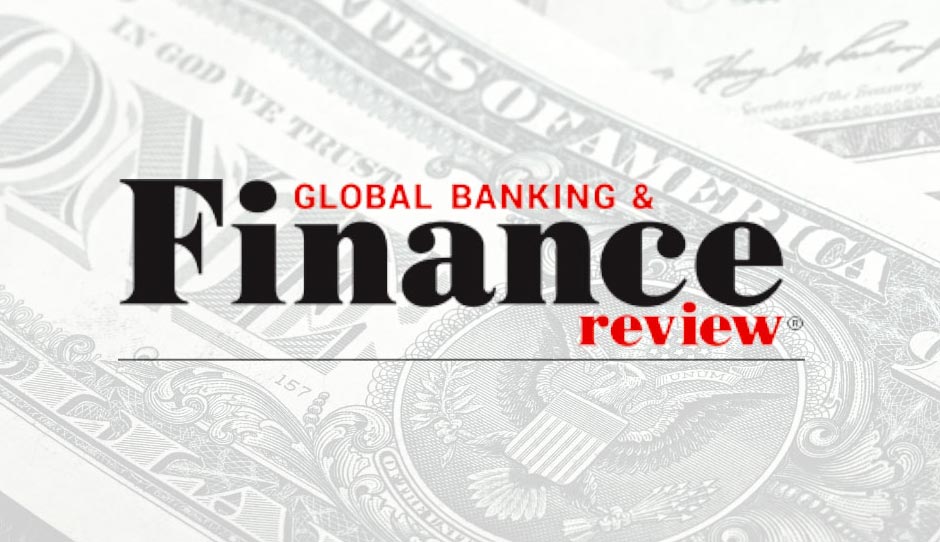Trading
Cloud Computing in Financial Services

Cloud computing is the latest tool/ or invention in today’s world since the evolution of information and communication technology. It is the fifth generation of computing in the family of Mainframe, Personal Computer, Client-Server computing and the Web.
So what do you mean by Cloud computing?
A cloud is a model that allows a comfortable, on-demand network access with a shared pool o configurable computing services.
This technology consolidates the entire computing framework i.e. hardware and software applications, online. The network that connects all the central servers to maintain data and applications is the internet and remote. So all the social networking sites and other websites such as Google, Yahoo mail, Facebook, Twitter, Hotmail etc. are all establishments of Cloud computing.
For using the services rendered by Cloud computing, you get charged on usage basis. Thus, it is also named Software – as – a – service (SaaS).
The broader application of Cloud computing ensures a greater flexibility and at the same time protects customer information and guarantees compliance and performance standards, keeps a check on the intervention of financial firms from taking control of Cloud- based technology.
In order to subscribe to Cloud computing (or CSC) all the banks, insurance agencies and financial services companies have to undergo a 4-stage approach.
The 4-stage approach
- Horizontal shared Services – This stage allows organizations to acquire immediate cost savings and thus implement low-risk projects.
- Bank office support application – With the introduction of Software – as – a – service (SaaS), legal management, printing, imaging and archiving, business intelligence and credit scoring are becoming available on Saas basis.
- Modernized Core Applications – To attain the on-demand capacity and variable costs of Cloud computing, the core applications for banking, insurance and payment processing can be metamorphosed.
- New Services and Applications – Using Cloud computing opens avenues for you to avail the opportunities of services / & organizations within the Cloud family.

-
Top Stories3 days ago
Dollar jumps, yen weakest since 1990 after strong U.S. retail sales
-
Top Stories4 days ago
Recruiter PageGroup’s quarterly profit slumps 13% as hiring remains subdued
-
Top Stories4 days ago
BNP Paribas to become top investor in Belgian insurer Ageas
-
Top Stories3 days ago
UK fintechs ask government for help to ease capital shortages







